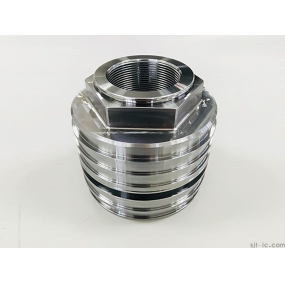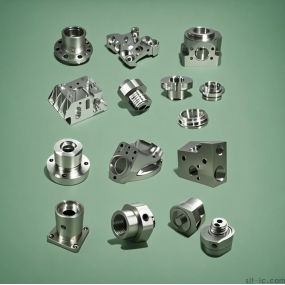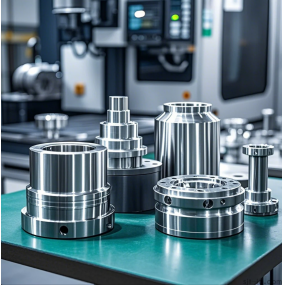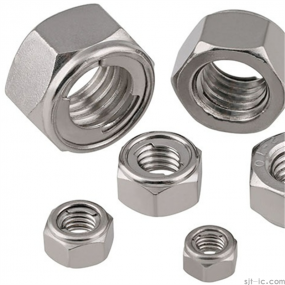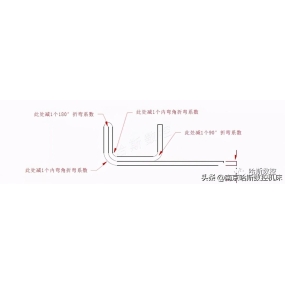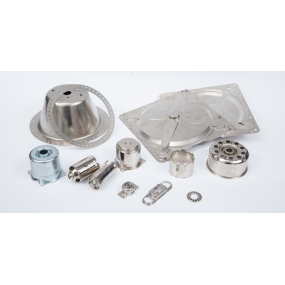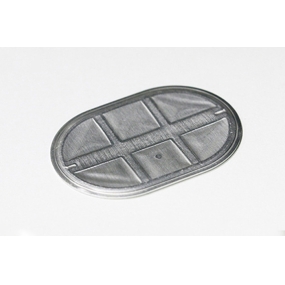Feeling confused about CNC turning service quotes? You're not alone. One day you get a surprisingly low number, and the next, a quote that makes you wonder if they're using gold-plated materials. 😥 The truth is, the cost isn't a single magic number. Let's break down what *really* goes into the pricing so you can understand your next quote and make a smarter decision for your project. 🛠️
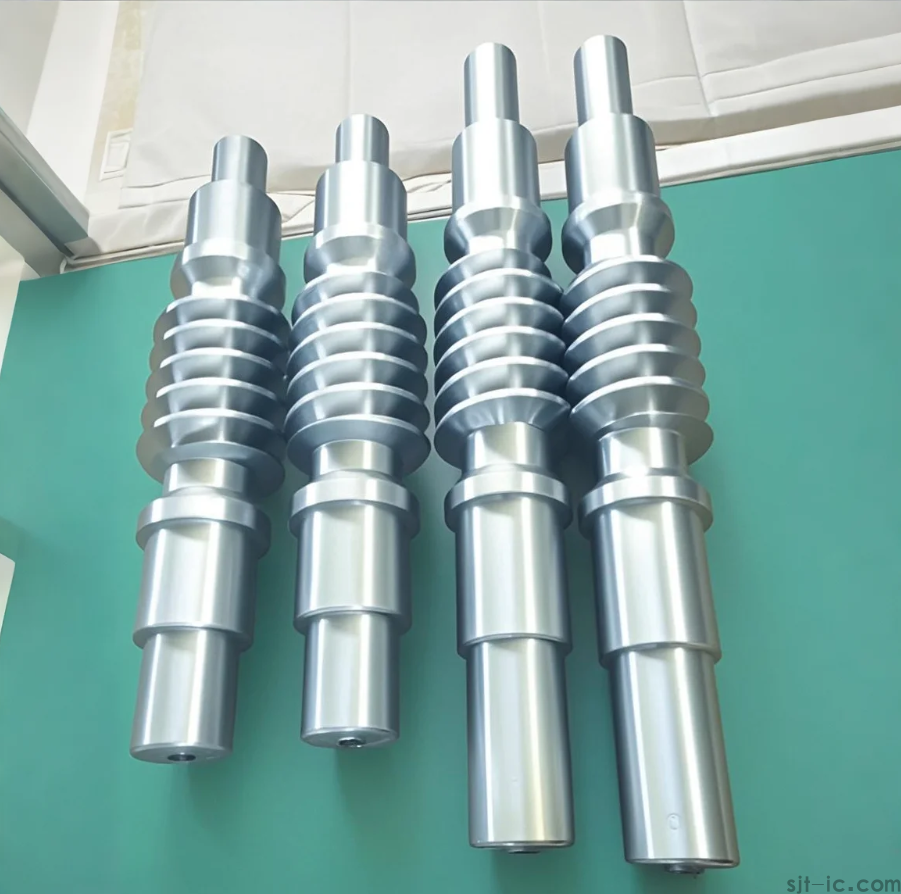
What's the Basic Idea Behind CNC Turning Pricing?
Think of it like ordering a custom pizza instead of buying a frozen one. You're paying for the raw materials (the dough and toppings), the labor and machine time (the chef and oven), and the complexity of your order (extra cheese, special shapes). In CNC turning, it's very similar. The final price is a mix of material costs, machine operation time (often called "machine hours"), and the engineering effort needed for your specific part. While it's tempting to just look for the lowest price, this approach might lead to quality issues down the road.
Key Factors That Decide Your Final Cost
1. Material Choice: It's Not Just About Size
The type of material you choose is a huge deal. Common aluminum is generally more wallet-friendly than tough, stainless steel or exotic alloys like titanium. Why? Harder materials wear out the cutting tools faster and require slower machining speeds, which adds to the machine time and tool replacement costs.
2. Part Design and Complexity: Keep It Simple?
A simple round shaft is quick and easy to produce. But if your design has complex curves, deep holes, very tight tolerances, or super fine surface finishes, the machine has to work more carefully and make more passes. This takes more time and skilled programming, which increases the cost. Sometimes, simplifying a design just a little can lead to significant savings, though it's not always possible for the part's function.
3. Order Quantity: The More, The Cheaper (Usually)
This is where economies of scale kick in. For a single prototype, you're paying for the full setup time—programming the machine, installing the tools, and doing a first-article inspection. However, if you're ordering 1,000 pieces, that setup cost gets spread out over all the parts, making the cost per part much lower.
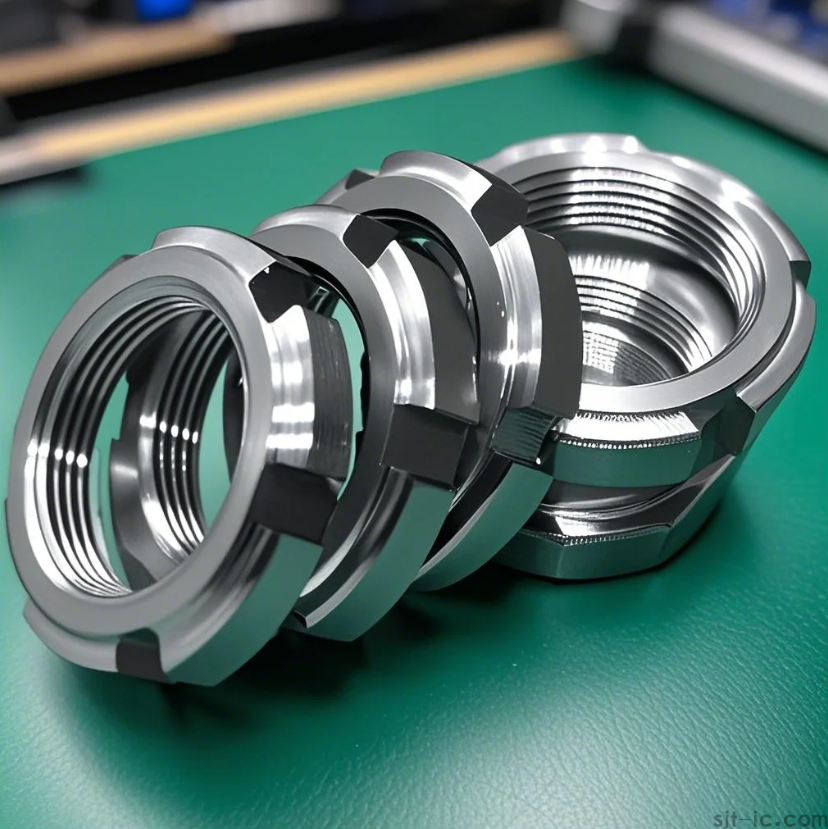
So, What Are the Actual Numbers? A Rough Price Range
Okay, let's talk numbers, but remember these are just ballpark figures. For simpler, smaller parts made from aluminum in a moderate quantity (say, 100 pieces), you might be looking at $20 to $50 per part. For more complex parts made from stainless steel or in smaller batches, the price can easily jump to $100 to $300 per part, or even more. I've personally seen quotes vary by over 30% for the exact same drawing from different shops. This often comes down to their overhead, machine efficiency, and how busy they are.
A Couple of Things That Still Puzzle Me
Even with experience, some parts of the quote can be a bit of a black box. For instance, the exact calculation for tool wear and tear is something I usually have to take the supplier's word on. The specific formula they use to charge for it isn't always transparent. It's an area where trusting a reputable partner really matters.
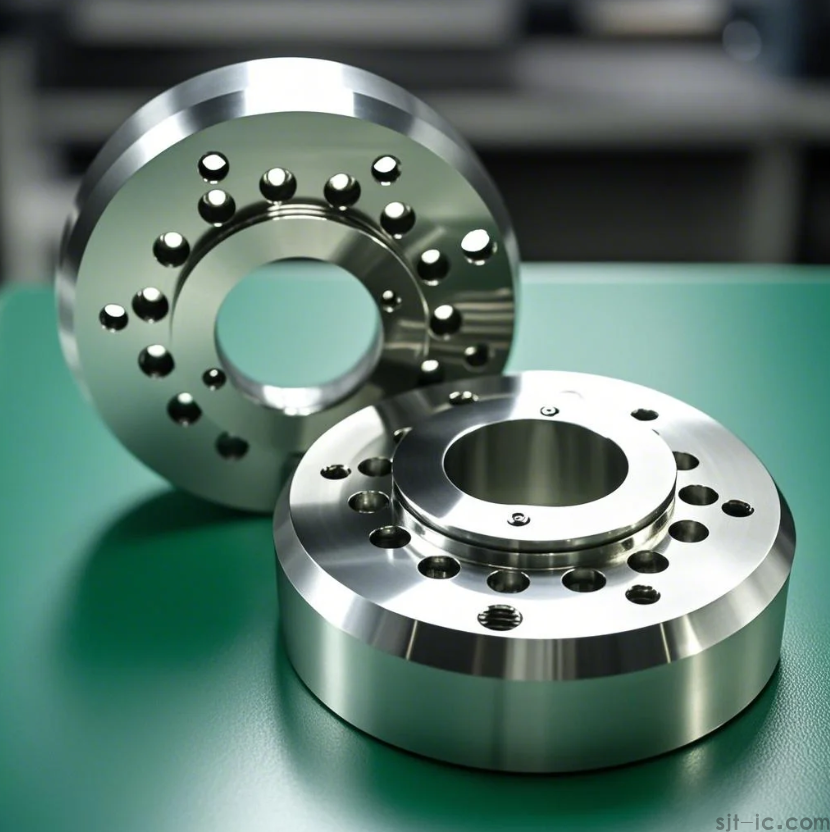
How to Get the Best Value for Your Money
→ Provide a Clear and Complete Drawing: This is the number one rule. A fuzzy or incomplete drawing leads to assumptions, and assumptions can lead to costly mistakes and rework. A good drawing answers most of the shop's questions before they even have to ask.
→ Discuss Your Tolerances: Ask yourself: do ALL the dimensions on my part need to be super precise? If you can specify which features are critical and which can have a looser tolerance, the shop can use faster processes for the non-critical areas, saving you money.
→ Be Open to Material Alternatives: Sometimes, a different grade of aluminum or steel can perform just as well for your application but at a lower cost. It never hurts to ask the shop, "Is there a more cost-effective material that would work here?"
→ Build a Relationship, Don't Just Hunt for Price: Finding a reliable CNC turning partner who understands your quality standards and communicates well is often worth a slightly higher price per part. It saves you from the headaches of delayed deliveries and failed quality checks. 👨💼🤝
At the end of the day, understanding CNC turning costs is about seeing the whole picture, not just a single number. It's a balance of design, material, quantity, and partnership. Hopefully, this guide helps you feel more confident in your next conversation with a supplier.


 Spanish
Spanish Arabic
Arabic French
French Portuguese
Portuguese Belarusian
Belarusian Japanese
Japanese Russian
Russian Malay
Malay Icelandic
Icelandic Bulgarian
Bulgarian Azerbaijani
Azerbaijani Estonian
Estonian Irish
Irish Polish
Polish Persian
Persian Boolean
Boolean Danish
Danish German
German Filipino
Filipino Finnish
Finnish Korean
Korean Dutch
Dutch Galician
Galician Catalan
Catalan Czech
Czech Croatian
Croatian Latin
Latin Latvian
Latvian Romanian
Romanian Maltese
Maltese Macedonian
Macedonian Norwegian
Norwegian Swedish
Swedish Serbian
Serbian Slovak
Slovak Slovenian
Slovenian Swahili
Swahili Thai
Thai Turkish
Turkish Welsh
Welsh Urdu
Urdu Ukrainian
Ukrainian Greek
Greek Hungarian
Hungarian Italian
Italian Yiddish
Yiddish Indonesian
Indonesian Vietnamese
Vietnamese Haitian Creole
Haitian Creole Spanish Basque
Spanish Basque

